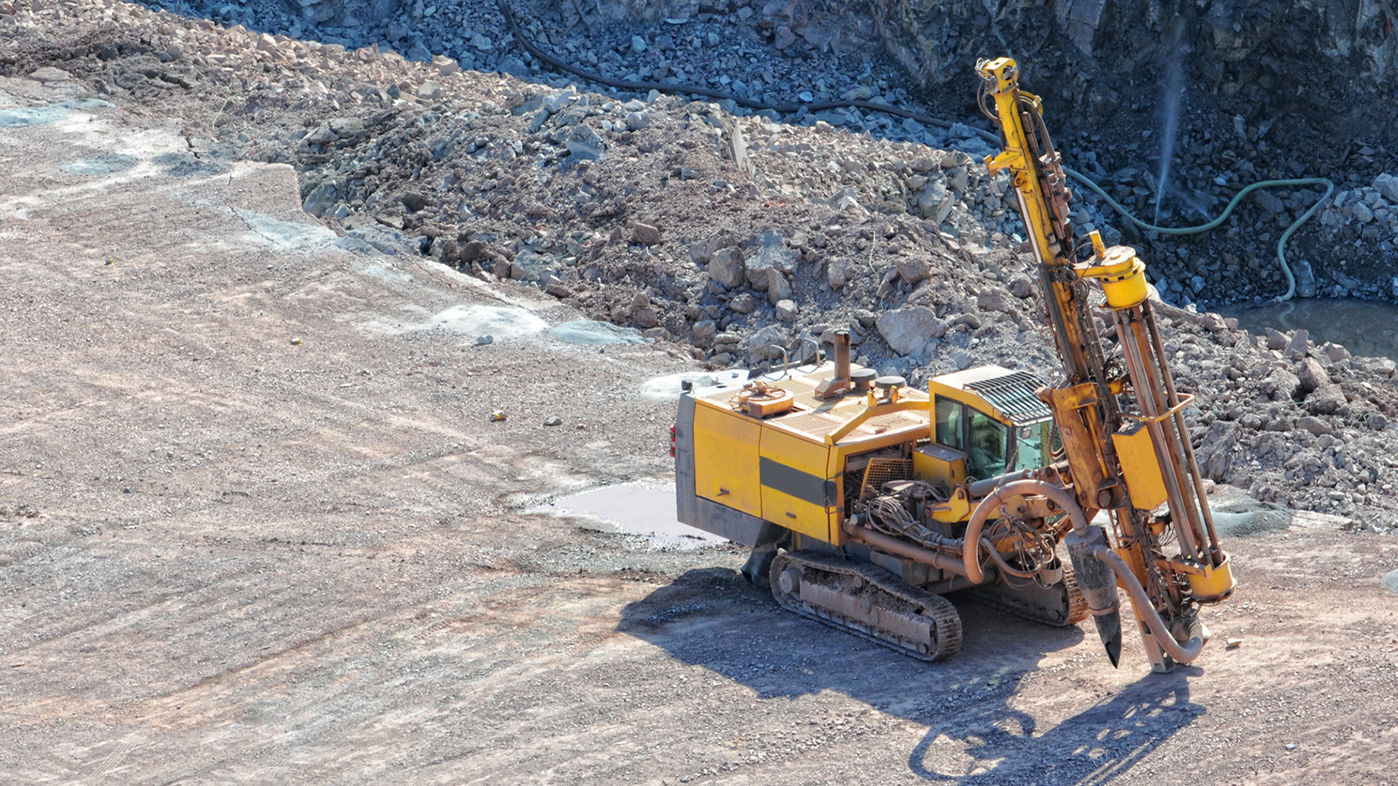Mining operations are among the most demanding industrial environments, where machinery is constantly exposed to dust, moisture, vibration, and extreme temperatures. In such extreme conditions, equipment reliability is not just a preference, it’s a necessity. One of the most effective ways to enhance the durability and performance of mining machinery is by integrating heavy duty encoders into the system.
What Are Heavy Duty Encoders?
Heavy duty encoders are robust sensors designed to provide precise feedback on position, speed, and direction of rotating components in harsh industrial settings. Unlike standard encoders, they are built with reinforced housings, advanced sealing technologies, and shock-resistant components to withstand extreme conditions.
Key Benefits of Heavy Duty Encoders in Mining Sector
In the rugged and unforgiving world of mining, equipment reliability is paramount. Heavy duty encoders are engineered to thrive in these extreme conditions, offering precise motion control and real-time feedback that help protect critical machinery. Below are the top benefits of integrating heavy-duty encoders into mining operations:
- Enhanced Equipment Monitoring
Heavy duty encoders provide real-time feedback on motor and shaft positions, enabling predictive maintenance. This helps detect wear and tear before it leads to catastrophic failure, reducing unplanned downtime. - Resistance to Harsh Conditions
Mining environments are notorious for dust, mud, and high-pressure washdowns. Heavy duty encoders are sealed to IP67 or higher standards, ensuring they remain operational even in the most challenging conditions. - Improved Operational Accuracy
Precision is critical in mining operations, especially in automated systems like conveyor belts, drilling rigs, and crushers. Encoders ensure accurate positioning and speed control, reducing mechanical stress and extending component life. - Reduced Mechanical Wear
By enabling smoother and more controlled motion, encoders help reduce mechanical shock and vibration. This minimizes wear on gears, bearings, and other moving parts, directly contributing to longer machinery life. - Lower Maintenance Costs
With better diagnostics and fewer breakdowns, maintenance becomes more predictable and less frequent. This not only saves money but also increases the overall efficiency of the mining operation.
Ultimately, by improving precision, reducing wear, and enabling proactive maintenance, heavy duty encoders play a crucial role in extending the operational life of mining machinery, making them a smart and cost-effective investment for long-term performance.
Applications in Mining Industry
Heavy duty encoders are not just theoretical upgrades, they play a vital role in the day-to-day operations of mining equipment. Here’s how they’re used across key machinery:
- Conveyor Systems
In mining, conveyor belts are the lifeline for transporting ore and materials across vast distances. Encoders monitor belt speed, direction, and alignment in real time. This helps prevent slippage, uneven loading, and mechanical strain, ensuring consistent throughput and reducing the risk of costly stoppages. - Drilling Equipment
Precision is critical in drilling operations, where even minor deviations can lead to equipment damage or inefficient resource extraction. Encoders provide accurate feedback on drill depth, rotation speed, and positioning. This allows operators to maintain optimal drilling parameters, reducing tool wear and improving safety. - Excavators and Loaders
These machines perform repetitive and high-impact tasks such as digging, lifting, and transporting heavy loads. Encoders help track bucket position, arm movement, and rotation angles. This ensures precise control, reduces mechanical stress, and enhances automation capabilities, especially in remote or autonomous mining operations.
Choosing the Right Encoder for Mining
Selecting the right heavy-duty encoder for mining applications is critical to ensuring long-term performance, safety, and reliability. Mining environments demand components that can withstand extreme conditions while delivering precise and consistent feedback. Here are the key factors and industry requirements to consider:
- Environmental Ratings (IP67/IP69K)
Encoders must be sealed against dust, water, and high-pressure washdowns. IP67 ensures protection against immersion, while IP69K is ideal for equipment exposed to high-temperature and high-pressure cleaning. - Shock and Vibration Resistance
Mining machinery often operates under intense mechanical stress. Encoders should be rated to withstand high levels of shock and vibration without signal degradation or mechanical failure. - Temperature Range
Mining operations can occur in extreme climates, from freezing underground tunnels to scorching open-pit sites. Encoders should operate reliably across a wide temperature range, typically from –40°C to +60°C or more. - Material Durability
Housings made from stainless steel or anodized aluminium offer superior resistance to corrosion, impact, and abrasive materials commonly found in mining environments. - Output Signal Compatibility
Depending on the control system, encoders should support analog, digital (TTL/HTL), or industrial fieldbus protocols (e.g., CANopen, PROFIBUS, EtherCAT) for seamless integration.
Implementing heavy duty encoders in mining machinery is a proactive strategy that pays off in the long run. By enhancing precision, reducing wear, and enabling predictive maintenance, these rugged devices significantly extend the life of mining equipment. For mining companies aiming to boost productivity and reduce operational costs, heavy duty encoders are not just an upgrade, they’re a necessity.
At Transtech, we offer a wide range of heavy duty and industrial encoders from world leading suppliers such as Baumer-Hubner that meet the rigorous demands of various industrial environments and maintain reliable operation under harsh conditions. Contact us today to speak with one of our product specialists and find out the right encoder for your application.







